Discovering the Hidden Gems of Canada’s Haida Gwaii Islands
As we navigate around Gangxid Kun, also known as Cape St James, we find ourselves at the southernmost tip of Haida Gwaii, an expansive archipelago located roughly 62 miles off British Columbia’s rugged northwest coast. This stunning group of over 150 islands and 1,800 islets is positioned near a continental shelf where a dramatic 2,800-meter underwater cliff plunges into the depths of the Pacific, which stretches out toward Antarctica.
This part of Canada is known for its fierce winds sweeping across miles of open water, making it a destination for adventurers. As we round the cape, GidinJaad, a member of the Haida Nation, performs a ritual for our safe journey, lighting sage and sending fragrant smoke into the air using a feather from a bald eagle, which dances in the breeze above her intricately tattooed features.
Onboard the luxurious 138-foot catamaran, Cascadia, our journey includes dedicated crew members such as Captain Jeff Harvey and mate Bryn Flanagan, who skillfully navigate through the surf. Our mission is to explore the spectacular wilds of Gwaii Haanas, situated just a two-hour flight from Vancouver. The Haida language refers to these islands as the “Islands of Beauty,” although they were known as the Queen Charlotte Islands due to the name of an 18th-century British ship, despite the Haida people having occupied this area for over 13,000 years.
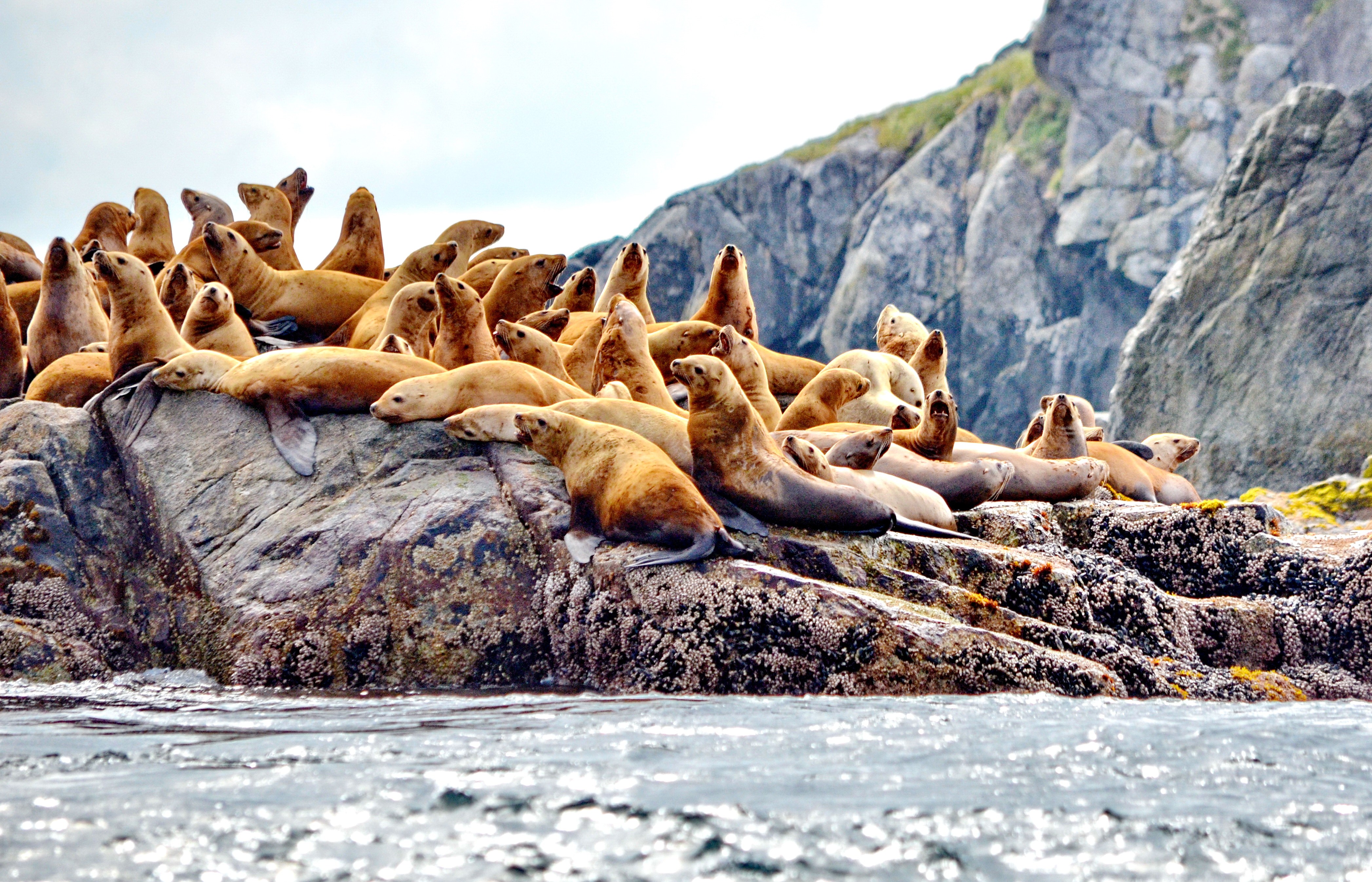
Before the arrival of Europeans in 1774, tens of thousands of Haida people thrived along these shores. Tragically, the arrival of European diseases like smallpox and influenza drastically reduced their population to fewer than 600 individuals. The poignant history of the Haida is marked by the severe impact of colonialism, which disrupted their oral traditions and cultural practices from the 18th through the 20th centuries.
As I reflect on this complex legacy while observing the serene beauty of the spruce-covered islands and rocky cliffs inhabited by barking sea lions, I find solace in the boat’s onboard library filled with texts on natural history and Haida culture. These resources are made available to enhance our understanding of the land we are exploring.
Comfort finds me amidst the gentle sway of the boat, with the capable steward Blythe ensuring my refreshments. Freshly baked cinnamon rolls accompany an abundant breakfast that includes Canadian pancakes, local berries, and hearty lunches. The dinner presentations of salmon steaks and grilled meats are elegant, enjoyed alongside fine wine.
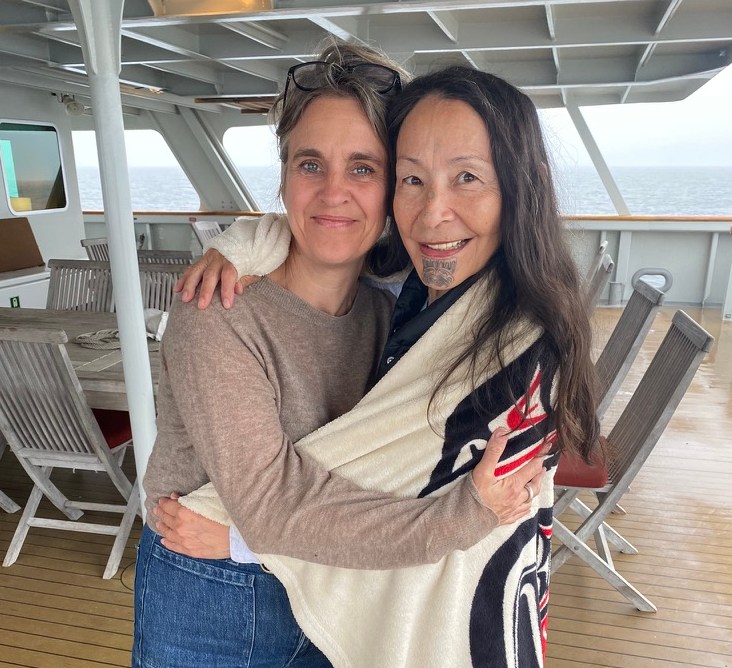
“I have this tattoo on my chin to symbolize a prayer for unity, that we all belong,” GidinJaad explains, revealing the significance of her artwork depicting a raven and eagle supporting one another. Each Haida identifies with one of the clans—Eagle or Raven—following their mother’s lineage in this matriarchal society. GidinJaad, along with our naturalist guide Phil Stone and Marlo Shaw, meticulously share the depths of Haida history and the vibrant ecosystem surrounding us.
Over the span of a week, Cascadia takes us on a breathtaking exploration of this untouched territory. Departing from Skidegate on Graham Island, our route includes stops at idyllic inlets and islands to appreciate the diverse ecology. We meander through ancient forests of red cedar and Sitka spruce, some trees thought to be over 1,000 years old, and we explore unblemished beaches where chanterelles flourish and giant banana slugs crawl among the skunk cabbage.
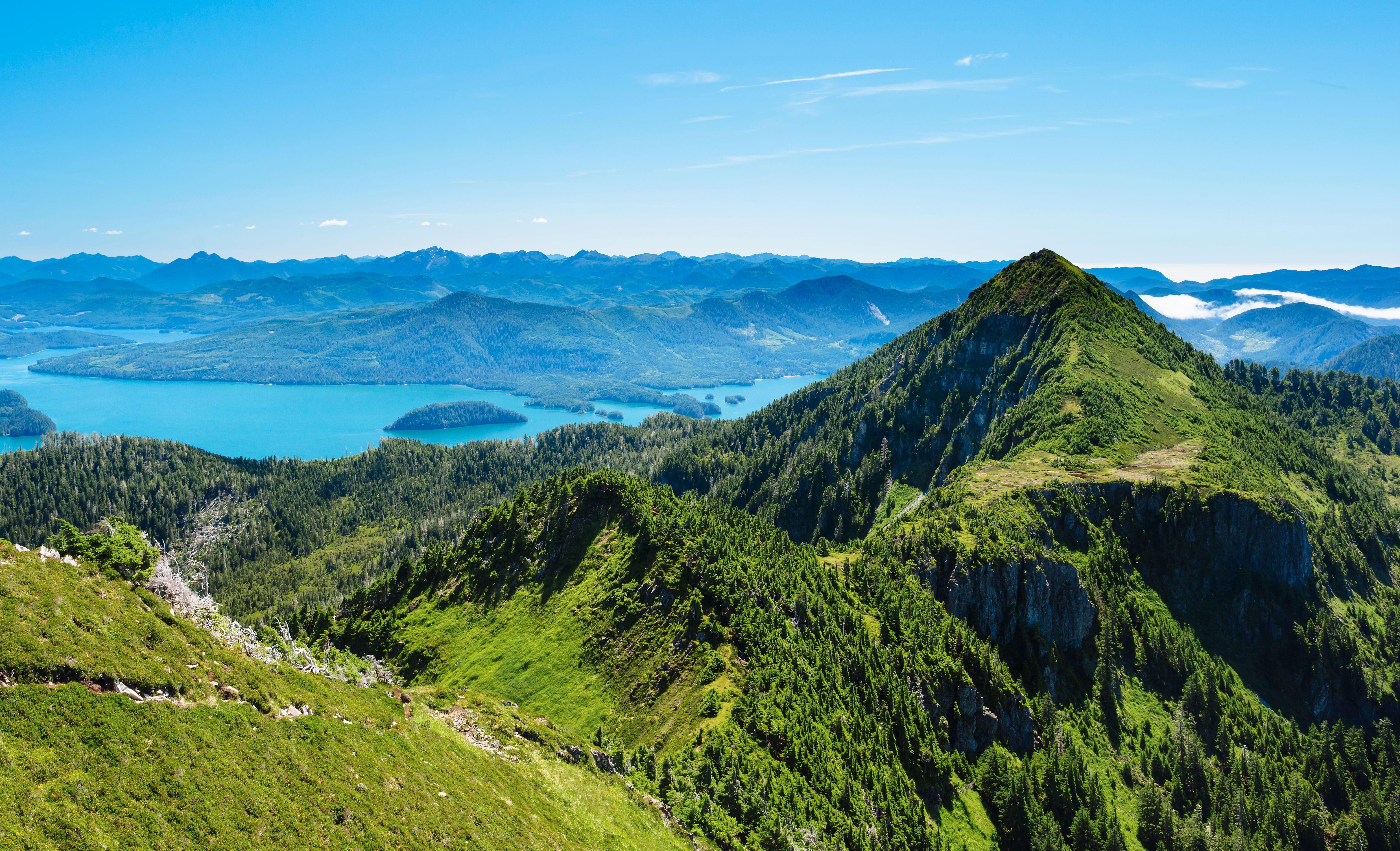
As a region recognized as a Haida heritage site, national park preserve, and marine conservation area, Gwaii Haanas showcases the cooperative management established between the Haida Nation and the Canadian government in 1993. Some sites have “watchmen”—Haida descendants who reside there, protecting the land and sharing stories with visitors. Many locations, however, remain uninhabited. The captain optimizes our itinerary based on weather conditions and other boats we may encounter.
Among the remnants of the Haida culture are longhouses and carved poles, increasingly returning to the earth as they slowly deteriorate on these remote shores. Walking through these sacred sites, once adorned with intricate carvings of totemic animals, provides a profound connection to the past and the vibrant energy that resides in the air.
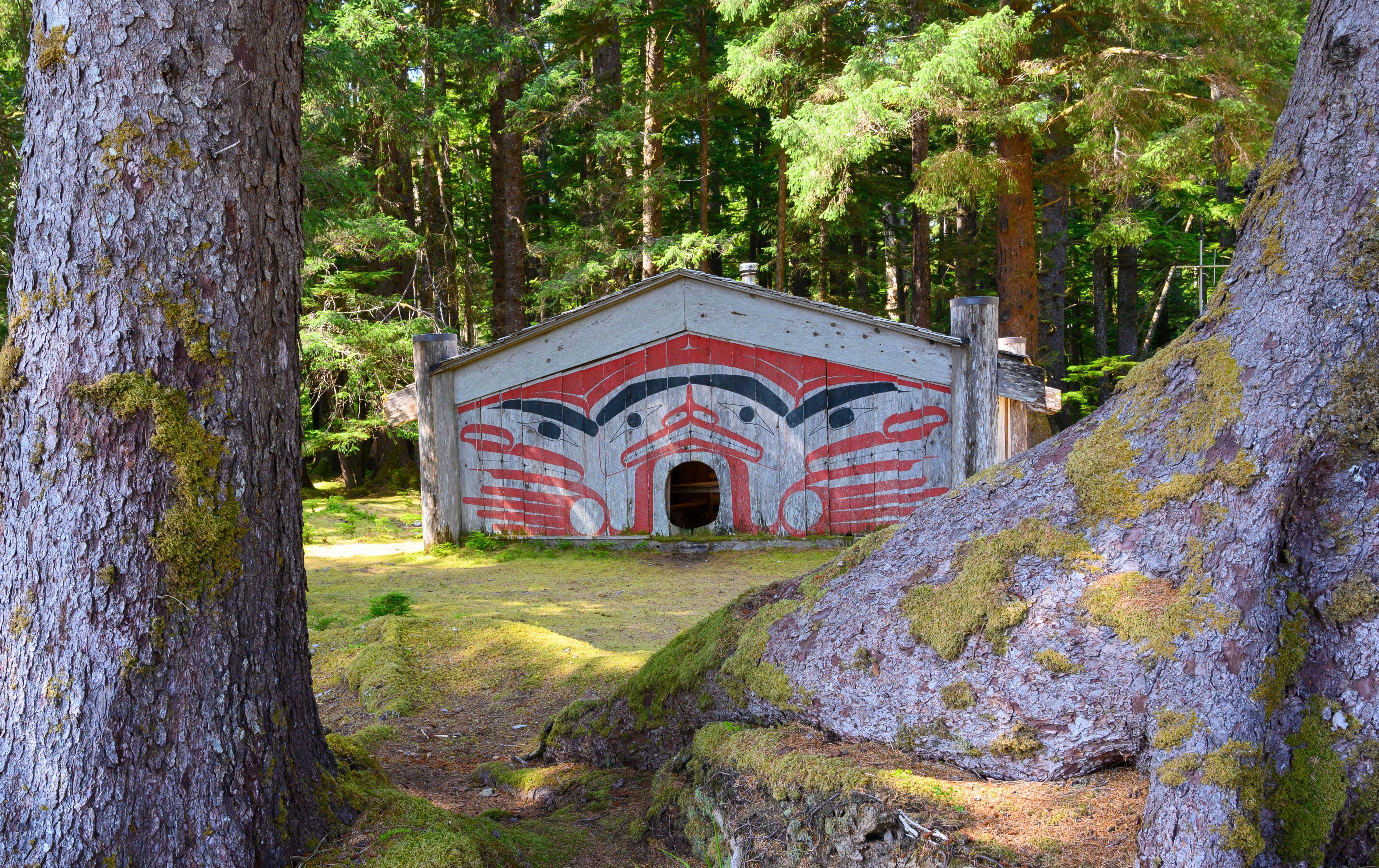
Wherever we walk, we navigate paths lined with clam shells, and the nature surrounding us sings melodies in the gentle breeze. The daily rhythm of my stay lulled me into restful nights in my cozy wooden cabin, complete with deck access for night sky gazing.

One morning, as dawn breaks, we embark on a canoe adventure in the bay where we spent the night. Curious seals glide alongside us, surfacing to peer over the kayaks. The vibrant underwater life of starfish, sea slugs, and clams is visible through the clear waters, creating a vivid contrast with the sounds of nature around us. After our excursion, I retreat to the top deck and enjoy the hot tub as we gently traverse back into the vast Pacific.
Late one afternoon, we embark on a tender ride through GaysiiGas K’iidsii (Burnaby Strait), witnessing the incredible beauty of vacant beaches scattered with driftwood and observing black bears scavenging along the shore. Oystercatchers swoop and pigeon guillemots take off in unison as we pass, providing endless opportunities for exploration and discovery during our journey.
Our time in Haida Gwaii teaches us invaluable lessons about respect for the Earth. Reg, a watchman at the site HIk’yah GawGa (Windy Bay), reminds us of this common thread: ‘We must look after our planet, no matter our backgrounds.’
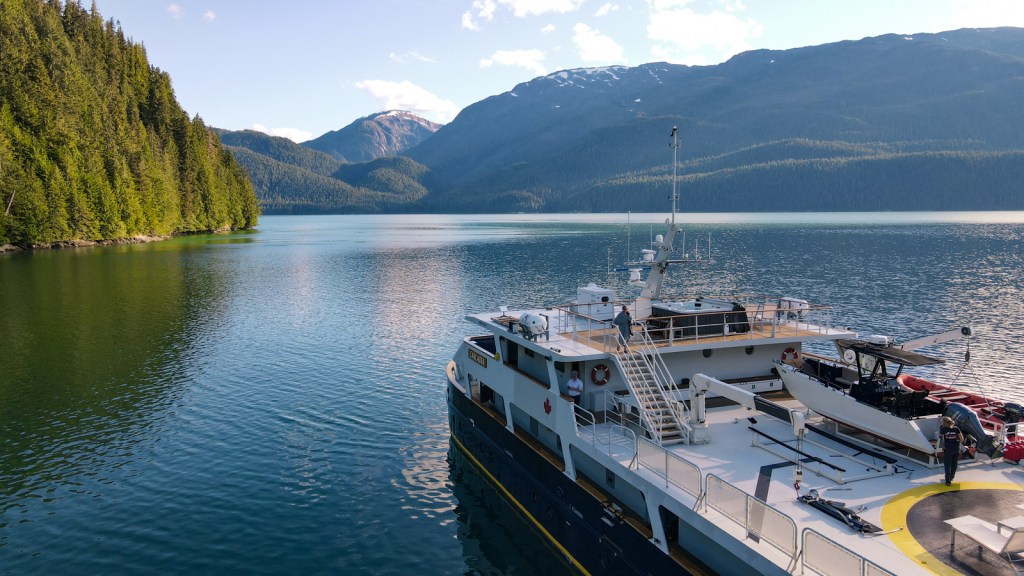
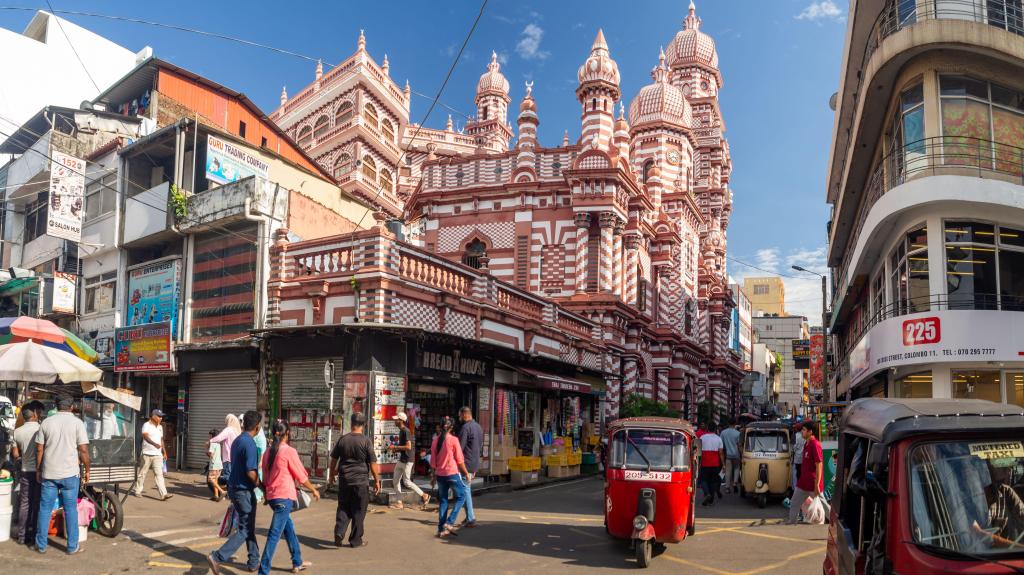
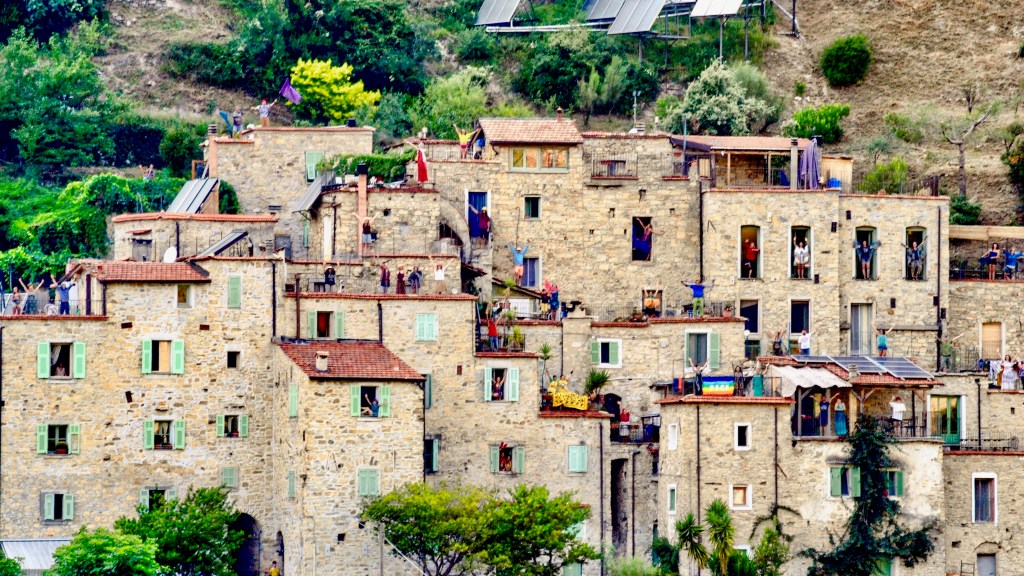

Post Comment